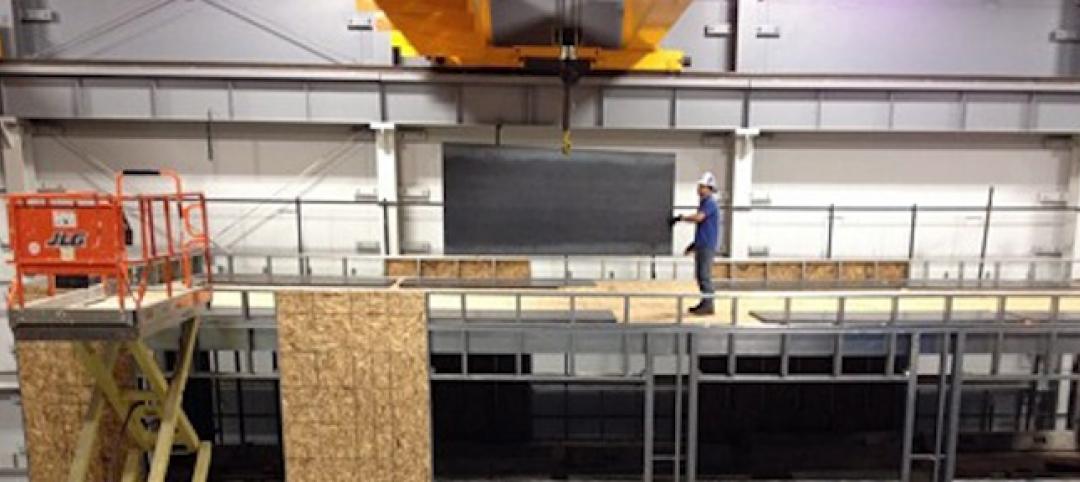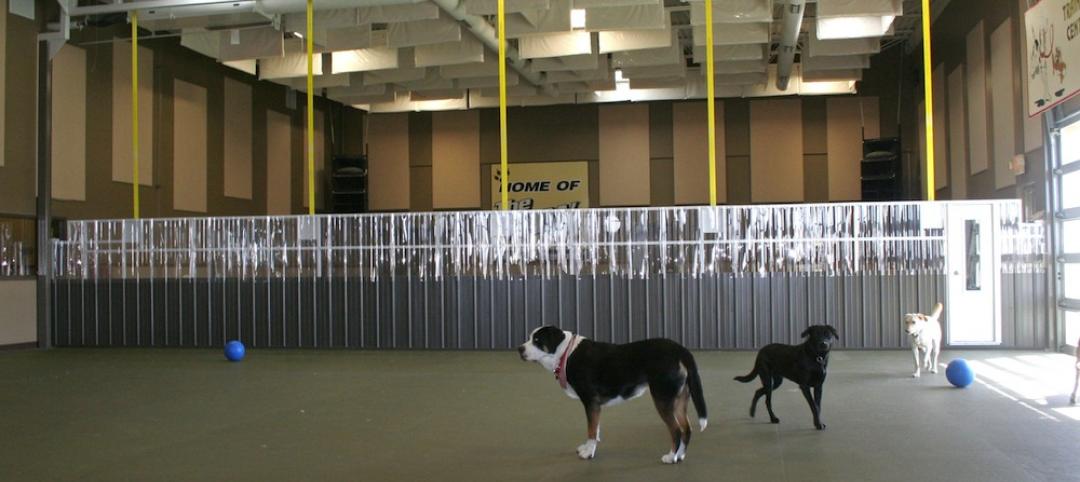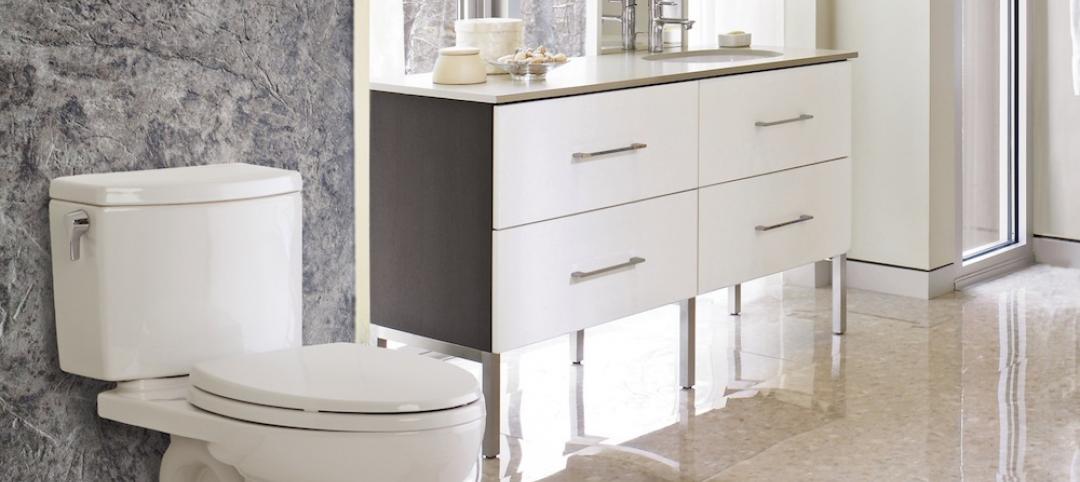The American Institute of Architects (AIA) announced the release of its first-ever white paper on materials transparency and risk, part of an AIA effort to equip the entire profession with consensus-driven guidance on an issue of critical importance to the profession, its suppliers and clients.
“Whether in politics or in building design, transparency is an increasingly necessary element of modern life,” said AIA CEO Robert Ivy, FAIA. “And when it comes to materials - the very substances of our built environment - it's more important than ever for architects to be able to communicate openly about what they contain.”
The white paper is the product of more than a year of effort by the AIA's Materials Knowledge Working Group (MKWG), pursuant to a position statement approved by the AIA Board of Directors in December 2014. In that statement, the AIA recognized that “building materials impact the environment and human health before, during and after their use,” and it encouraged architects “to promote transparency in materials’ contents and in their environmental and human health impacts.”
“Materials transparency & risk for architects: An introduction to advancing professional ethics while managing professional liability risks,” was created by materials specialists but is aimed at all architects. It provides a backdrop on the necessity for materials transparency and the steps architects should be taking to ensure change, promote openness, and increase collaboration between themselves, their suppliers and their clients.
As an introduction to the white paper, the MKWG compiled five guideposts about which every architect should be aware when it comes to materials transparency. They provide first steps to a deeper understanding of what goes into a building and how it impacts its inhabitants:
- Information is key. Everyone involved in a building project—from initial design to occupancy—should have access to information on the potential health and environmental impacts relating to materials products.
- Materials transparency presents opportunities for architects. These opportunities include competitive advantage, thought leadership, design innovation, and environmental and human health leadership.
- New practices and procedures inherently present potential risks. There is always some risk in advocating for materials transparency and sharing composition information with our clients. This white paper explores those risks in detail.
- Manage potential risks with increased transparency. Although the risks associated with materials transparency are new, architects are familiar with risk management. This white paper offers several strategies for effectively evaluating and mitigating risk.
- The AIA has tools and resources to help architects navigate materials transparency risks and opportunities. Along with this white paper and existing online resources, the AIA will soon publish new model contract language to specifically address materials transparency issues. In addition, the MKWG, made up of expert members, practitioners and partner organizations, is continually developing education and practice tools to help architects optimize their approach to materials transparency.
The AIA has published guidance on how to address materials transparency issues in its contract document B503-2007 Guide for Amendments to AIA Owner-Architect Agreements.
Related Stories
| Jun 27, 2013
Thermal, solar control designs can impact cooling loads by 200%, heating loads by 30%
Underestimating thermal bridging can greatly undermine a building’s performance contributing to heating load variances of up to 30% and cooling load variances of up to 200%, says the MMM Group.
| Jun 19, 2013
Florida is latest battleground over LEED standards centered on certified wood
A nationwide battle over forest certification standards continues to be played out nationally and in Florida with legislation passed this month.
| Jun 14, 2013
Purdue, industry partners test light steel framing for seismic safety
A partnership of leading earthquake engineering researchers from top U.S. and Canadian universities and design professionals from the steel industry have begun the final phase of a three-year project to increase the seismic safety of buildings that use lightweight cold-formed steel for their primary beams and columns.
| Jun 13, 2013
Health Product Declaration Collaborative names Knott as Executive Director
John L. Knott Jr. has been named as the Health Product Declaration Collaborative’s (www.hpdcollaborative.org) first Executive Director following a national search. The Health Product Declaration Collaborative (HPDC) is a customer-led standards-setting organization committed to the continuous improvement of the building industry’s environmental and health performance, through transparency and innovation in the building product supply chain.
| Jun 4, 2013
SOM research project examines viability of timber-framed skyscraper
In a report released today, Skidmore, Owings & Merrill discussed the results of the Timber Tower Research Project: an examination of whether a viable 400-ft, 42-story building could be created with timber framing. The structural type could reduce the carbon footprint of tall buildings by up to 75%.
| May 21, 2013
7 tile trends for 2013: Touch-sensitive glazes, metallic tones among top styles
Tile of Spain consultant and ceramic tile expert Ryan Fasan presented his "What's Trending in Tile" roundup at the Coverings 2013 show in Atlanta earlier this month. Here's an overview of Fasan's emerging tile trends for 2013.
| May 17, 2013
5 things AEC pros need to know about low-e glass
Low-emissivity glasses are critical to making today’s buildings brighter, more energy-efficient, and more sustainable. Here are five tips to help AEC professionals understand the differences among low-e glasses and their impact on building performance.
| May 14, 2013
Paints and coatings: The latest trends in sustainability
When it comes to durability, a 50-year building design ideally should include 50-year coatings. Many building products consume substantial amounts of energy, water, and petrochemicals during manufacture, but they can make up for it in the operations phase. The same should be expected from architectural coatings.
| May 9, 2013
10 high-efficiency plumbing fixtures
From a "no sweat" toilet to a deep-well lavatory, here's a round up of the latest high-efficiency plumbing fixtures.

















